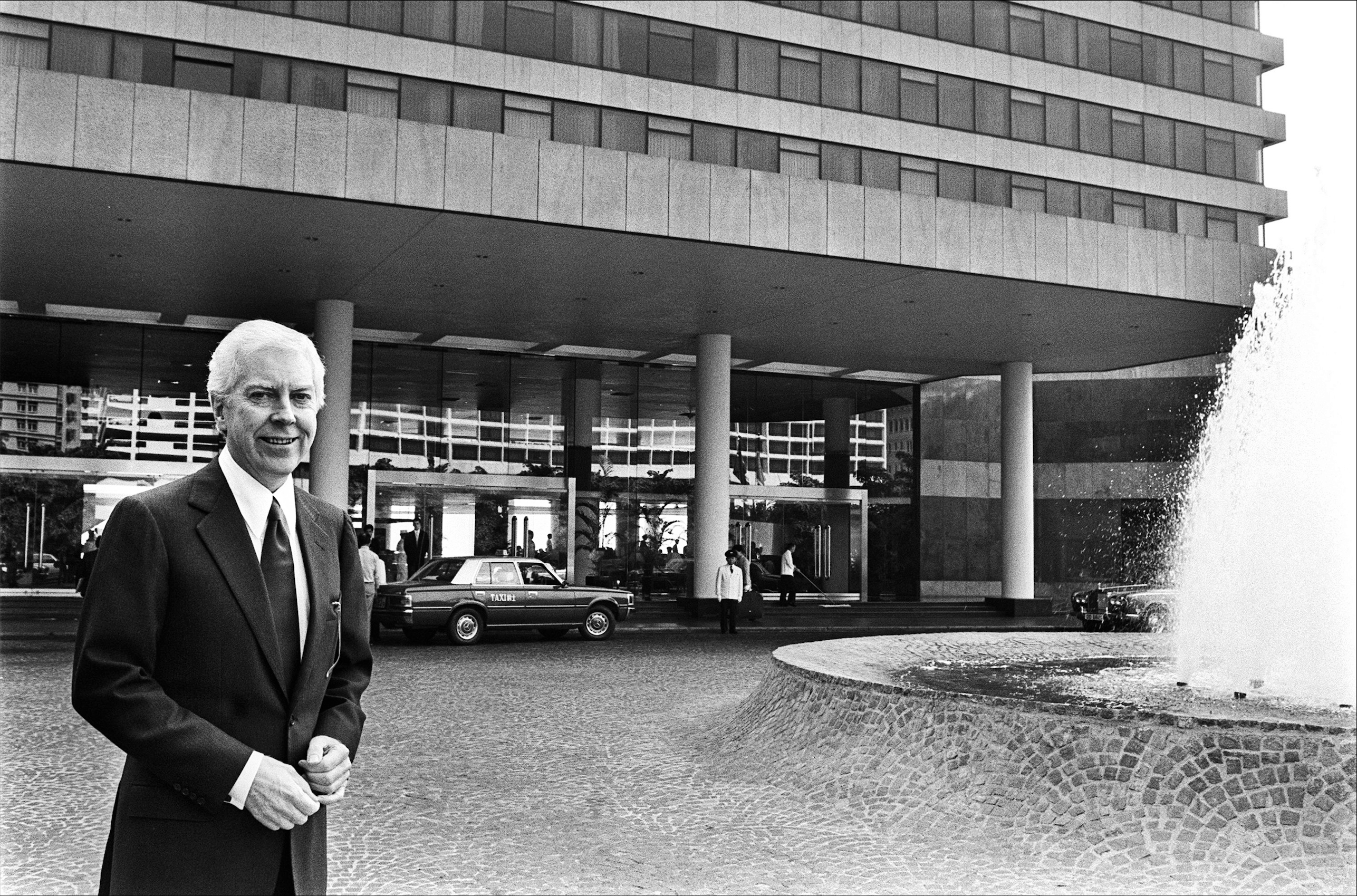There is no escaping its reach. The age of social media is upon us. According to Erik Qualman in his social media handbook, Socialnomics, “We don’t have a choice on whether we do social media. The question is how well we do it.”
So planners, how well are you doing it?
Corbin Ball, an event and tradeshow technology analyst who is behind the largest meetings tech site on the web, says that they should be taking advantage of the range of free social media tools that affect implementation and management of events and other projects. The most popular right now are LinkedIn, Facebook, YouTube, Twitter and most recently Google +, which was launched in July and attracted over 25 million users during its first month.
It is indeed tempting to use them all – especially if they are free – but Ball advises otherwise. Instead, you should try to understand which ones suit your goals, and then use one or two. For example, LinkedIn engages people in online networking, while Facebook and Google + are primarily social platforms but are also used for marketing. Twitter is used for marketing and engaging people in events.

Tantalising Stats
Citing Facebook’s strength, Ball says: “Facebook has 600 million users now, which will grow to one billion by 2012. This means one out of seven people in the world.” On the other hand, Twitter’s great value lies in its “inherent mobility”.
Everyone loves images. Aside from Facebook, planners can post pictures on social photo platforms such as Flickr to show how attendees enjoyed an event. This is also a way to promote next year’s event. Ball heaps praise on YouTube’s impact as well. “A picture is worth a thousand words. But a three-minute video on YouTube is worth a thousand pictures,” he notes. YouTube allows free uploads of up to 15 minutes but Ball says that keeping it short, with an average length of 3.5 minutes, is best. YouTube, which attracts two billion viewers a day, is the second most used site in the world, the top one being Google. As a result, Facebook and YouTube are constants among most planners’ lists.

Entering a new world
“The popular ‘social media’ that we know today is rather new to us,” says Association of Development Financing Institutions in Asia and the Pacific (ADFIAP) secretary-general Octavio Peralta. “We are only quite recently on Facebook – for uploading seminar/conference photos – as well as Picasa and YouTube to upload our corporate videos and advocacies on corporate and environmental governance, SMEs and CSR.”
Three years ago Ovation Global DMC in Dublin started using social media in its sales and marketing strategy. “We took tentative steps into exploring the different options available,” says marketing assistant Ian Hemmingway. “Once our sales and marketing team realised the potential which social media offered, we started to send the staff on specific training courses and recruit ‘digital savvy’ talent. Part of our mission statement testifies that ‘people and relationships are the DNA of Ovation’ – social media has turned out to be a great vehicle to facilitate the building and maintaining of our industry relationships.”
Ovation has learned when to take advantage of a tool, but also what not to use. In order of importance, Ovation’s social media strategy involves LinkedIn, Twitter, blogging, Facebook and YouTube. Hemmingway adds: “We chose these platforms because, after a thorough social media review, we discovered that these were the places where our target audience is located – so many companies are blindly obsessed with Facebook. We don’t completely ignore Facebook – it works quite well as an outlet for pictures and for ‘Ovation Bear’, our resident social media persona – but we realised that as a B2B company our target audience does not want to ‘talk shop’ on Facebook.”
Some planners get much more involved in social media during the event proper. Bruce Tepper, a noted speaker, trainer, consultant and facilitator to the tourism, travel and business event industries, remembers how a mobile phone app added to an event’s success. “In February, I attended the Meeting Professionals International Northern California Chapter Conference & Trade Show in San Francisco,” he says. “They had a contest for a prize. To enter, you had to register with a GPS program called Foursquare, a mobile phone app. You then used Foursquare to tell people where you were in the conference or outside in the area and tracked where others were as well. It allowed you to connect with and make arrangements to meet people you particularly wanted to meet. It functions like an RFID tag on a much larger scale.”

Events in real-time
For a tool that engages audiences before, during and after the event, Ball says that Twitter, with its mobility, is the best choice. A microblog that allows a maximum of 140 characters, it currently has 200 million users, the largest age group being 35 to 49. It is still growing fast with 100 million tweets a day. Its 50,000 third-party apps and open architecture allow infinite uses. “It is inherently mobile, making it a natural for events,” Ball says, stressing that events make up one-third of all Twitter accounts.
It is ideal for news and updates, emergency announcements, play-by-play reporting from conferences and lectures, encouraging conversation with and input from followers, eyewitness accounts, driving traffic to your booth, covering booth events, generating buzz and connecting with people not on site.
So, has the business events industry fully embraced social media as tools in engaging the market? Tepper says, “It’s all across the board. At one end of the spectrum are businesses that still use static websites to promote an event and perhaps add a registration component. At the other end of the spectrum are businesses that use online communications exclusively with everything from social media, blogs and RSS feeds to email and traditional print media. Onsite polling software, RFID tags, automated registration and financial management are pretty common these days.”
Counting the cost
Using free social media tools does cost money. Associations Forum in New South Wales is a latecomer in social media; director John Peacock says that they started using these online channels only this year. He reveals that an equivalent of 15 per cent of its traditional marketing budget has been allotted for investment in technology and human resources.
Meanwhile, ADFIAP has dedicated a team of three people under a Knowledge Management unit, which handles all programmes and issues relating to publications (both soft and hard copies), websites and microsites, e-Library, e-Learning, social media, and other IT fields. The annual budget is approximately US$50,000, Peralta says.
However, Ball believes that going full blast in social media should not always be an additional cost for the company. He says that it could be a matter of reallocating existing marketing budgets. Medium-size enterprises could take 10 per cent of their marketing budget to hire a director of social media to train people in posting and monitoring messages. Smaller companies could simply opt for consultants.
Finding time and judging results
Planners, who are keen to utilise more social media at no extra cost, might be able to do so with proper time management. Ball says he spends 30 minutes a day on social media. Using aggregator HotSuite, he can upload the same content in WordPress, Facebook and LinkedIn with minimal time spent. He tweets at least once a day.
Based on a survey recently conducted by eMarketers among US marketing executives, the top benefits through social media are customer engagement (85 per cent), direct customer communication (65 per cent), speed of feedback (59.9 per cent), learning customer preferences (59.1 per cent) and low cost (51.1 per cent).
It seems clear that the strengths and benefits provided by social media cannot be stressed enough. These are available to everyone – but only if you do it right. Ball says the most important marketing tip is not to sell directly. You should establish a social media policy with clear objectives and metrics, and identify influencers. Then listen before you launch… think conversation, not broadcast. Engage your audience. Engage your employees. Be honest and authentic. Be human. Be a person, not a company.
Insider verdict
Bruce Tepper, noted speaker, trainer, consultant and facilitator to the tourism, travel and business event industries
“Facebook, LinkedIn, Twitter, YouTube and some others can be used for advance communication to promote an event or particular components of an event. Facebook and Twitter can be used for on-site communication to engage fellow attendees, alert them to particular workshops they might like, organise last-minute gatherings, etc. YouTube can be a great tool for incentive participants or meeting attendees to share their experiences about
an event.”
Serious Twittering
Event and tradeshow technology analyst Corbin Ball shares tips on how to maximise your tweeting time:
• Use it as pointing device. Link to more substantial content that lives behind a URL. Shorten URL with services like TinyURL.com, bitly.com, or ow.ly
• Follow the information leaders
• Tweet wisely. Maximise use of available space.
• Start early
• Use contests and giveaways
• To get followers – tweet good stuff such as timely announcements, programme updates, action alerts and news
• Re-tweet others to add value and hope they reciprocate in kind: Twitter is an “attention economy” and barter is the norm


